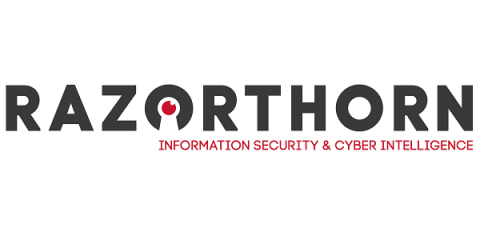A New World in Generative AI with Purple Llama - This Week in AI
Meta has announced the launch of Purple Llama, an umbrella project promoting open trust and safety in generative AI. The project features tools and evaluations designed to enable developers to deploy generative AI models and experiences responsibly in line with best practices outlined in Meta’s Responsible Use Guide.











